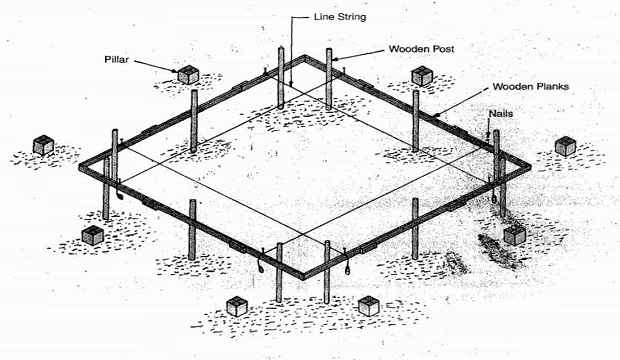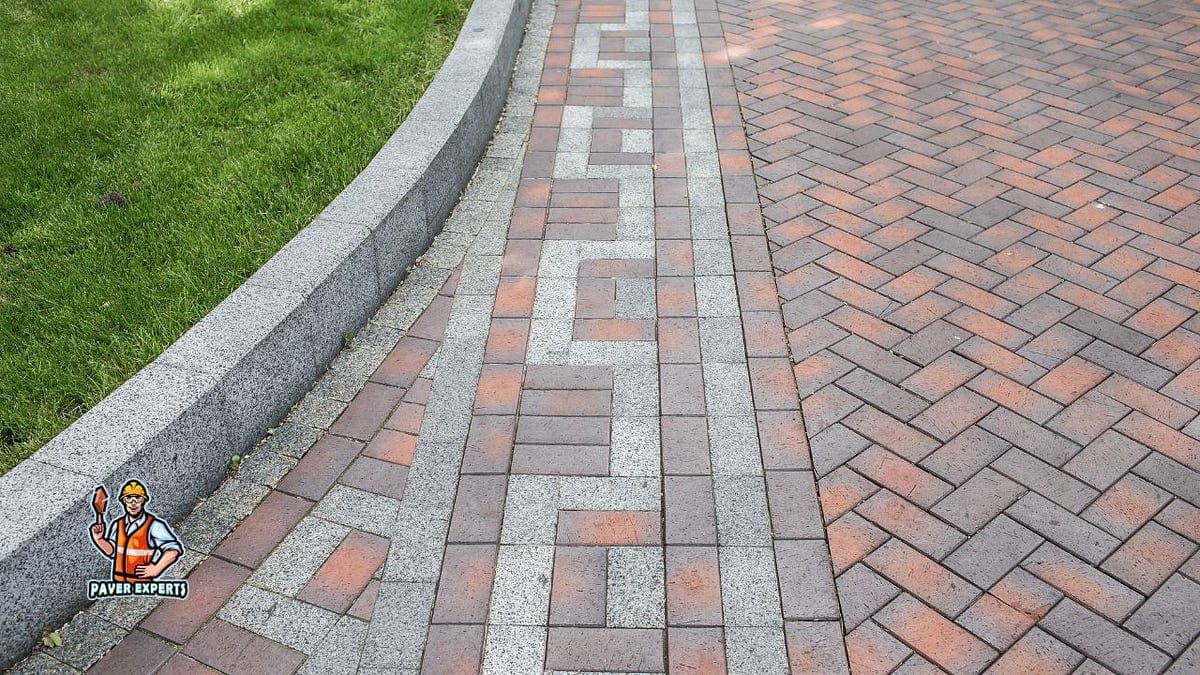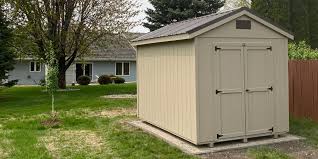Becoming proficient in control line construction, whether you’re a novice or aspiring to be a pro, requires a combination of knowledge, practice, and attention to detail. Here’s a step-by-step guide to help you progress from a novice to a pro in control line construction:
Understanding the Basics:
- Research: Study the basic principles of control line models. Understand the components like the engine, control lines, handle, and the model itself.
- Safety First: Familiarize yourself with safety protocols. Learn about safe engine handling, proper attire, and workspace safety.
Gather Necessary Tools and Materials:
- Tools: Acquire essential tools like pliers, wire cutters, epoxy, sandpaper, and measuring instruments.
- Materials: Gather balsa wood, glue, control lines, and appropriate engines for your models.
Start with Simple Designs:
- Choose Simple Models: Begin with easy-to-build models like trainers. These models have straightforward designs and are forgiving for beginners.
- Follow Plans: Use detailed plans and instructions. Understand the schematics and follow the step-by-step guidelines.
Focus on Precision and Quality:
- Precision Cutting: Practice precise cutting and shaping of wood. Invest in good quality razor saws and knives.
- Quality Gluing: Master the art of gluing. Use the right type of glue for different materials. Ensure strong and clean joints.
- Balancing Act: Learn how to balance your models. Proper balance is crucial for stable flight.
Mastering Control Line Techniques:
- Handle Grip: Practice the correct handle grip. Your grip impacts the flight path and stability.
- Understanding Lines: Understand the different types of control lines (steel, nylon) and their applications.
- Mastering Maneuvers: Practice basic maneuvers like circles and figure eights. Progress to more complex patterns as you gain confidence.
Experiment and Learn:
- Experimentation: Try different building techniques and materials. Learn what works best for your style and the type of models you build.
- Learn from Mistakes: Don’t fear mistakes; instead, learn from them. Analyze your crashes and understand what went wrong to avoid similar issues in the future.
Engage with the Community:
- Join Clubs: Join local or online control line model clubs. These communities offer valuable advice, support, and camaraderie.
- Attend Events: Participate in events and competitions. Watching experienced flyers can provide insights and inspiration.
- Seek Mentorship: Find a mentor, someone experienced who can guide you and provide personalized tips.
Continuous Improvement:
- Practice Regularly: Like any skill, regular practice is essential. Spend time flying your models and refining your techniques.
- Stay Updated: Keep up with the latest advancements in control line technology and building methods.
- Document Your Progress: Maintain a log or a journal. Document your builds, flights, and lessons learned. This can help you track your progress and identify areas for improvement.
Mastering Advanced Techniques:
- Scale Models: Progress to building scale models. These require advanced detailing and painting skills.
- Advanced Maneuvers: Learn advanced control line maneuvers like loops, wingovers, and inverted flight. Mastering these techniques demonstrates your expertise.
Teach and Inspire:
- Share Your Knowledge: As you become proficient, share your knowledge with others. Teach newcomers and help them progress.
- Inspire Others: Inspire others with your creations and flight skills. Encourage more people to take up control line modeling.
Remember, becoming a pro in control line construction takes time, patience, and continuous learning. Enjoy the process, and don’t hesitate to seek guidance from experienced modelers. Happy flying!




